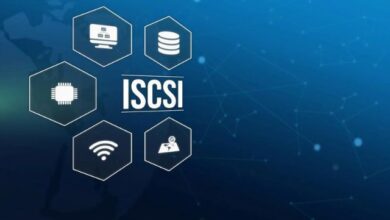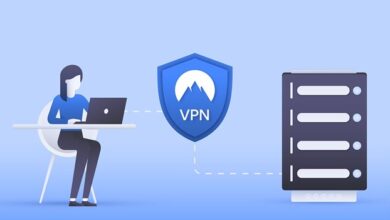Tips for Making the Most of Screen Time

Screens are everywhere, from smartphones and tablets to laptops and TVs. While screen time often gets a bad rap, it doesn’t have to be all negative. In fact, when used intentionally, screens can enhance learning, boost creativity, and foster meaningful connections.
The key lies in how we manage and utilize our screen time. Here are several tips to help you make the most of your digital experience.
Set Purposeful Goals for Screen Use
Before opening an app or turning on the TV, ask yourself, “What do I want to achieve?” Whether it’s watching an educational documentary, joining a virtual class, or catching up on the news, having a clear purpose can help avoid mindless scrolling and improve your focus.
Consider making a list of your most common screen activities and categorizing them as productive, educational, social, or entertainment. This helps balance your daily digital diet and keeps you aware of how your time is spent.
Create a Screen Time Schedule
Just as you would plan meals or workouts, scheduling screen time can make a big difference. Use tools like digital timers or built-in screen time trackers to monitor your usage. Set designated periods for work, study, leisure, and breaks.
For families, consider implementing “tech-free zones” or “screen-free hours,” especially during meals or right before bedtime. This reinforces healthy boundaries and encourages offline interaction.
Prioritize High-Quality Content
Not all screen time is created equal. Aim to engage with high-quality, enriching content that contributes positively to your mental and emotional well-being. Educational platforms, interactive learning apps, virtual museum tours, or science podcasts are excellent choices.
Parents should also guide children toward age-appropriate educational programs rather than purely entertaining ones. Co-viewing and discussing content can also enhance comprehension and family bonding.
Stay Physically and Mentally Active
Too much passive screen time can lead to a sedentary lifestyle. Counteract this by integrating movement into your day. Set reminders to stretch, take walks, or do quick exercises every hour. Use standing desks or try fitness apps that get you moving.
Mental breaks are equally important. Consider practicing mindfulness, journaling, or taking a few minutes each day to disconnect and recharge your mind.
Boost Your Connectivity Experience
If you’re relying on the internet for work, school, or streaming, a slow connection can lead to frustration and wasted time. Investing in a fast and reliable connection ensures that your screen time is smooth, efficient, and less stressful.
If you’re in Connecticut, consider upgrading to New Haven fiber internet for enhanced speed and performance. Fiber-optic connections offer better bandwidth, minimal lag, and consistent performance, which is especially important for video conferencing, online learning, or multi-device households.
Use Technology to Stay Social
Screens can be a valuable tool for staying connected, especially in a world where in-person meetings aren’t always possible. Video calls, group chats, and social media allow us to maintain relationships across distances. Use these tools to check in with loved ones, join virtual events, or collaborate on shared hobbies.
However, be mindful of how social media affects your mood. Take regular breaks and curate your feed to follow accounts that inspire or uplift you.
Practice Digital Mindfulness
Digital mindfulness means being fully aware of your interactions with technology. Avoid multitasking across multiple screens and instead focus on one activity at a time. This reduces cognitive overload and helps you stay present.
Apps like screen time trackers or focus timers (such as Pomodoro apps) can help create intentional breaks and limit distractions. Being mindful also includes logging off when you’re no longer gaining value from your screen time.
Screens are a fundamental part of modern life, and when used intentionally, they can be powerful tools for productivity, connection, and learning. With the right balance and awareness, your digital habits can support your personal and professional goals more effectively.




